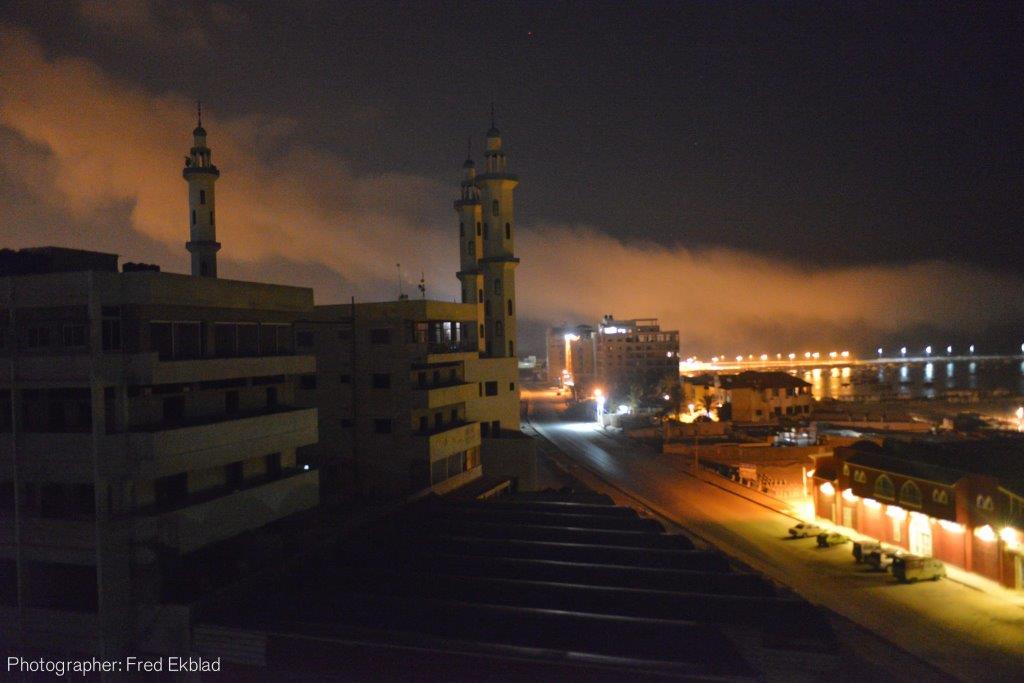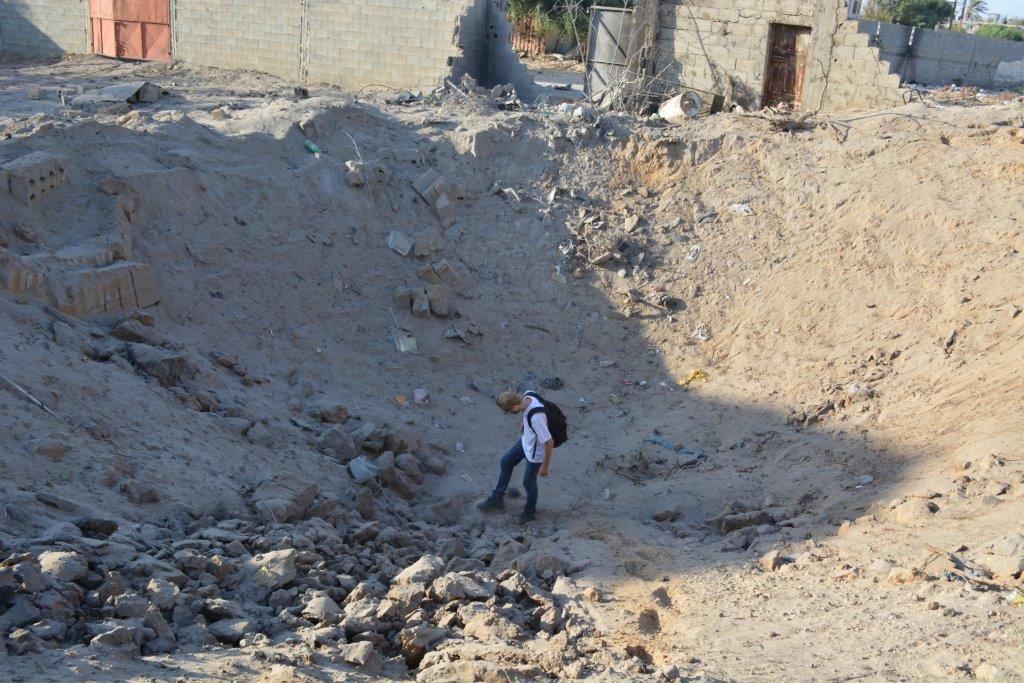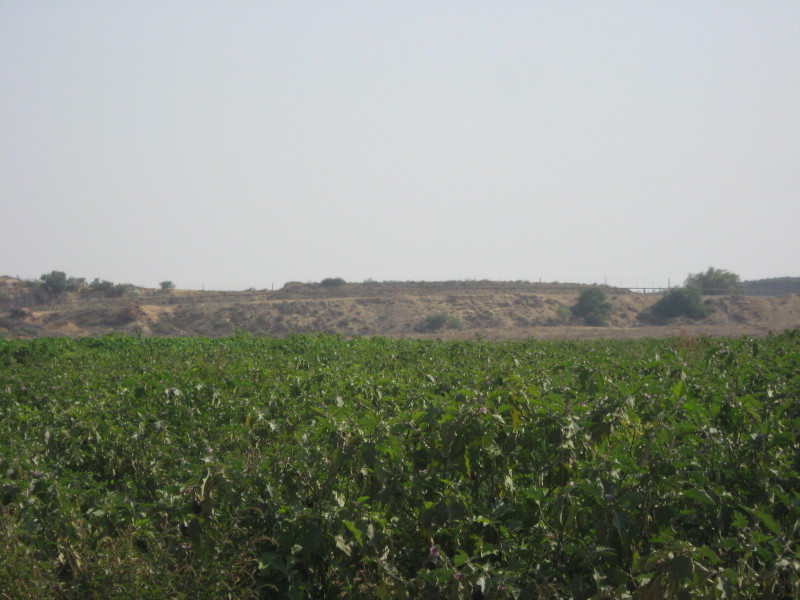Category: Gaza
-
Politics in Gaza
9th July 2014 | International Solidarity Movement, Charlie Andreasson | Gaza, Occupied Palestine I wake up after a night shattered by rocket launches, airstrikes, and flyovers, to sparrows friendly twittering, seemingly unconcerned by the drones swarming overhead. No explosions have been heard since five o’clock in the morning, almost four hours ago. The sun shines…
-
Report from Gaza: “This is our country, even if it’s just a country by name”
9th July 2014 | International Solidarity Movement, Charlie Andreasson | Gaza, Occupied Palestine The Israeli air forces’ strikes on Gaza over the past days have increased in intensity and are creeping ever closer to the center of Gaza City. Just after 2PM yesterday, four people were killed, according to initial data they belonged to Hamas’s…



